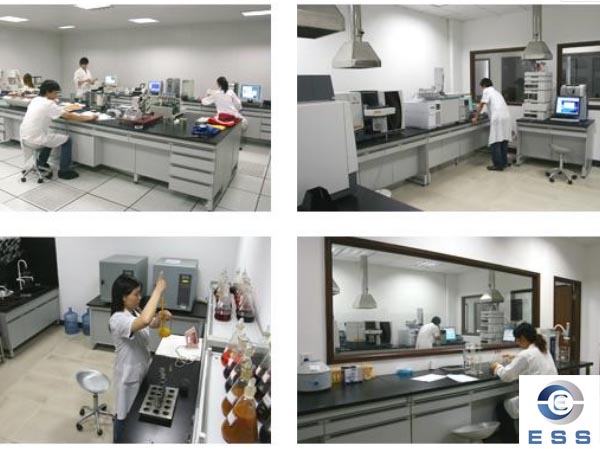The production process of
seamless steel pipes is relatively complicated. Since metal smelting, hot-rolled pipes have to go through nearly 20 procedures, and cold-drawn pipes have to go through more than 30 procedures to produce finished steel pipes. There are many types, and there are generally more than 20 kinds of defects in seamless steel pipes, mainly including the following:
Surface defects mainly include: scratches, cracks, folds, warping, transverse cracks, non-metallic inclusions, etc.;
Internal defects mainly include: cracks, inclusions, delamination, etc.;
There are also dimensional defects such as slub, eccentricity and uneven wall thickness.

The feature of the scribing is that it is a longitudinal straight scratch on the surface of the steel pipe, most of which are groove-shaped;
Cracks are a defect in which the continuity of the metal has been destroyed. It is characterized by metal cracks along the longitudinal or helical direction of the pipe, with different lengths and depths, and most of them appear on the outer surface;
Folding is also a defect in which the continuity of the metal has been broken, and its shape is both linear and block. The former is similar to the crack from the surface, but its depth extension direction is different from that of the crack. The crack is mostly radial, and the folding has a certain tendency. Folding is generally a metal folding on the inner and outer surfaces of the steel pipe, with different lengths and depths, and most of them are distributed in the longitudinal or helical direction;
The warped skin is a thin sheet that appears on the inner and outer surfaces of the steel pipe and is partially separated from the metal substrate. It is mostly distributed in blocks and takes root or does not take root on the pipe wall, but it should not be peeled off;
The transverse crack is the transverse rupture of the inner and outer surfaces of the steel pipe, and its depth is different, but the length is generally very short, mostly in the shape of a herringbone;
Inclusions are the original non-metallic inclusions embedded in the surface of the steel pipe or inside the metal, mostly in the form of flakes or blocks;
The layered type can not see the cracks on the cross section of the steel pipe, and sometimes cracks in severe cases, which are characterized by more than 1/3 of the wall thickness from the inner surface of the pipe, and the circumferential length is generally different from the axial length of the circumference. Severe cases can reach several meters.
Therefore, there are various methods of flaw detection of seamless steel pipes. The methods of
non-destructive testing of seamless steel pipes mainly include: ultrasonic testing method, eddy current testing method, magnetic leakage testing method and magnetic particle testing method, of which the last three methods can be merged into electromagnetic testing method.













 Eastern Steel Manufacturing Co.,Ltd not only improve product production and sales services, but also provide additional value-added services. As long as you need, we can complete your specific needs together.
Eastern Steel Manufacturing Co.,Ltd not only improve product production and sales services, but also provide additional value-added services. As long as you need, we can complete your specific needs together.










